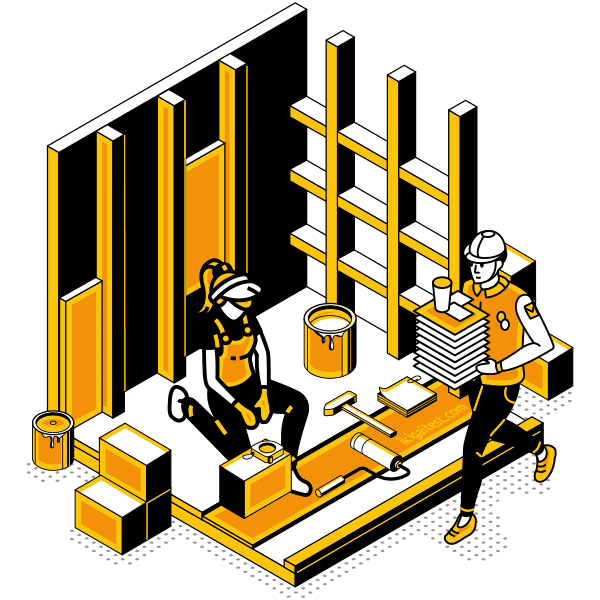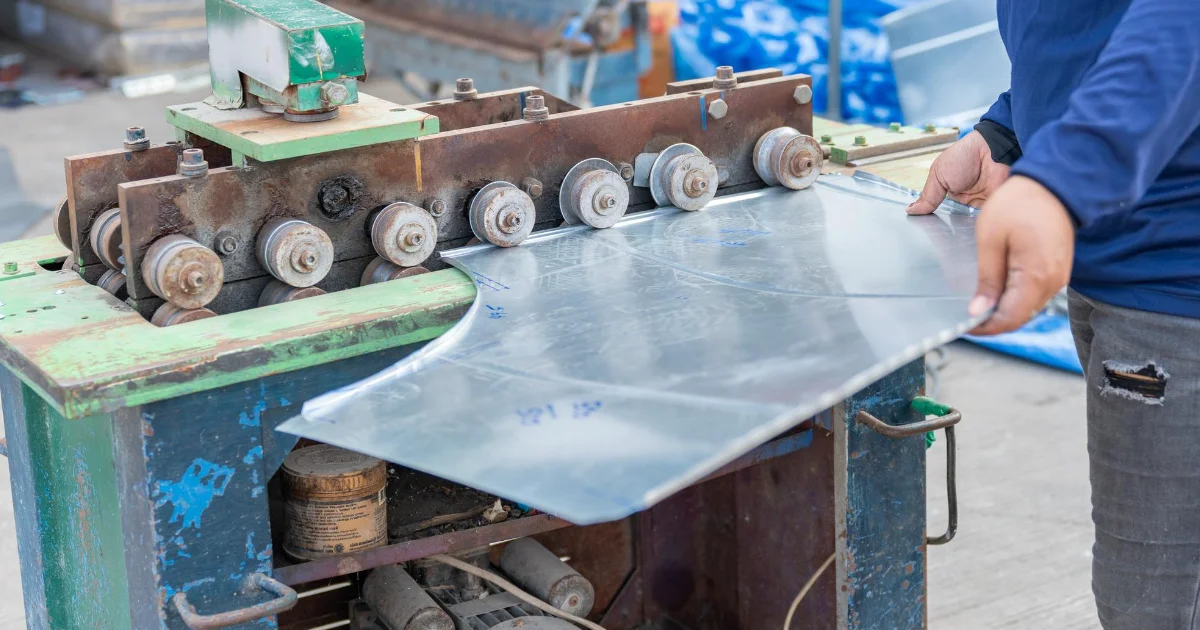Artisan

Great artisans are usually capable of:
- Using hands and arms in handling, installing, positioning, and moving materials.
- Performing precise and skillful manipulation of small objects.
- Being active and proactive in regards to physical activities that require considerable use of your arms and legs and moving your whole body, such as climbing, lifting, balancing, walking, stooping, and handling materials.
Administrator

Any administrator should excel at:
- Providing information to supervisors, co-workers, and subordinates, as well as communicating with people outside the organization, representing the organization to customers, the public, government, and other external sources. This information can be exchanged in person, in writing, or by telephone or e-mail.
- Maintaining information files and processing paperwork.
- Recruiting, interviewing, selecting, hiring, and promoting employees in an organization, and getting them to work together to accomplish tasks by encouraging and building mutual trust, respect, and cooperation.
Other work activities related to Sheet metal workers
- Hiring, training, or supervising new employees or apprentices.
- Constructing components for high performance wind turbine systems.
- Fabricating ducts for high efficiency heating, ventilating, and air conditioning (HVAC) systems for maximizing efficiency of systems.
- Installing green architectural sheet metal components, such as cool roofs or hot or cold walls.
- Performing building commissioning activities by completing mechanical inspections of a building’s water, lighting, or heating, ventilating, and air conditioning (HVAC) systems.
- Performing sheet metal working necessary for solar panel installations.
- Verifying that heating, ventilating, and air conditioning (HVAC) systems are designed, installed, and calibrated in accordance with green certification standards, such as those of Leadership in Energy and Environmental Designing (LEED).
- Determining project requirements, such as scope, assembly sequences, or required methods or materials, using blueprints, drawings, or written or verbal instructions.







